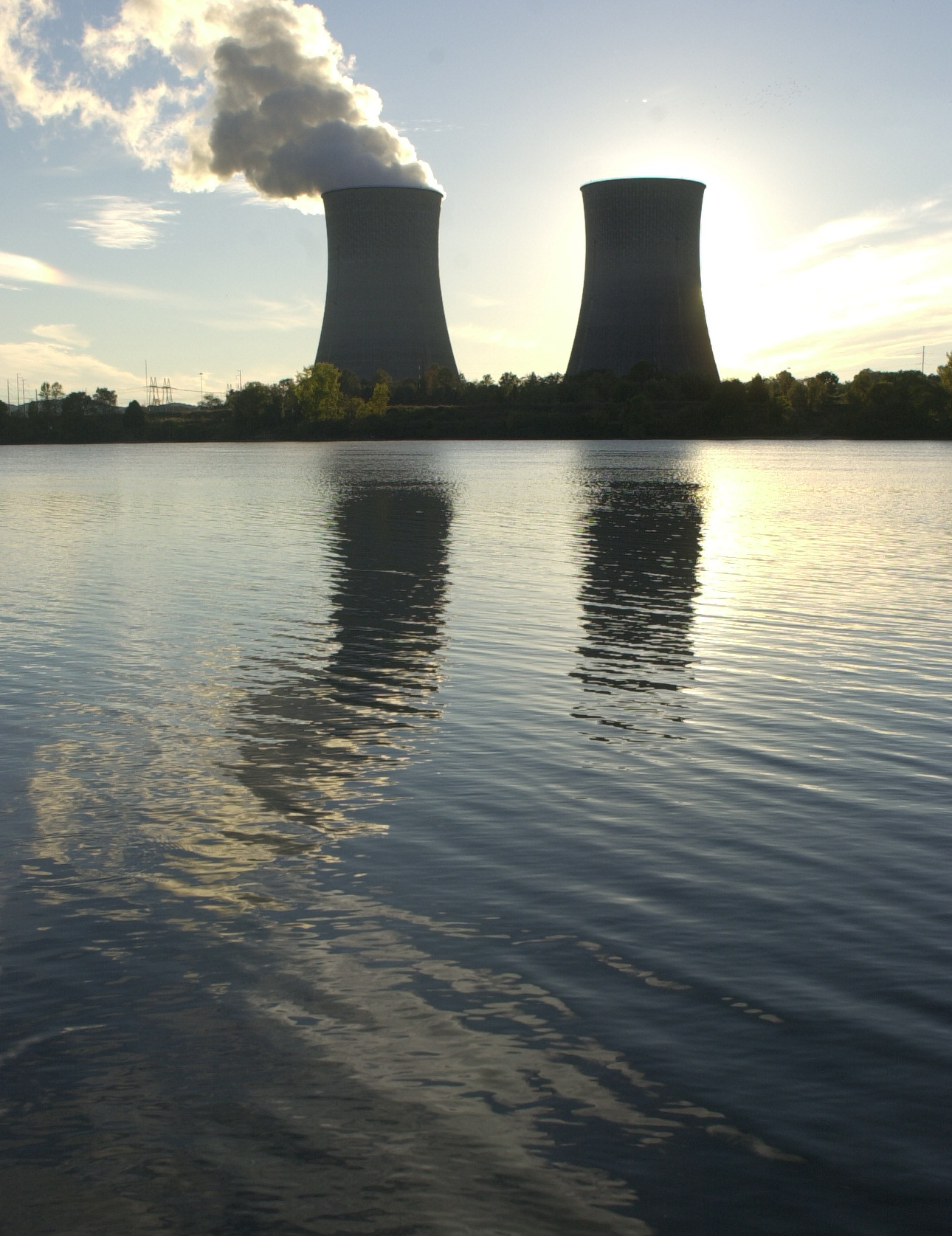What do you think?
A public hearing on TVA's tritium production is scheduled tonight at the Chattanooga State Community College's Center for Business and Industry first floor cafeteria at 4501 Amnicola Highway. An open house is planned from 6 p.m. to 6:30 p.m. followed by a public hearing from 6:30 p.m. to 9 p.m.
ATHENS, Tenn. - The government agency responsible for maintaining America's nuclear arsenal wants to continue to use a TVA nuclear power plant to produce bomb material even though tritium leaks from the the process have been nearly four times what was originally projected.
The head of a three-year environmental assessment done by the National Nuclear Security Administration said studies indicate that bomb-grade tritium has been safely produced at the Watts Bar Nuclear Plant since 2003.
"We determined that tritium releases (outside of the plant) would have an insignificant impact on the health of the plant workers or on the general public," Curtis Chambellan said during a public hearing here Tuesday night.
But anti-nuclear advocates question both the need for such tritium production and the safety of its production in a commercial nuclear plant.
"We won't need any more tritium until at least 2029 so why risk the danger of more radiation and tritium leaks in the drinking water for Chattanooga and other downstream communities?" asked Ralph Hutchison, coordinator for the Oak Ridge Environmental Peace Alliance. "It's not enough to say, time and again, 'it's only a little bit of poison in your water,' without saying, 'added to the hundreds and thousands of other little bits we've dumped in the water over the years.'"
Tritium is a radioactive isotope of hydrogen that is produced in all nuclear power plants. Because its half-life is about 12 years, the military needs to continually replenish its tritium supplies in its nuclear arsenal, even though the number of such weapons has been cut significantly under strategic arms reduction treaties with Russia.
To make tritium, DOE supplies TVA with lithium-filled rods that are placed inside the Watts Bar reactor in place of some of the reactor's control rods. DOE also wants to maintain the option of making tritium at the Sequoyah Nuclear Plant near Soddy-Daisy, but so far that additional production has not been needed.
Last year, the military paid TVA $54 million to irradiate the tritium-producing rods at Watts Bar and Chambellan said the federal utility will continue to receive about half of the $80 million that the National Nuclear Security Administration spends each year to make tritium to keep its nuclear arsenal ready.
TVA's inspector general issued a report in 2011 that suggested DOE may not be paying for all of TVA's costs for tritium production "due to incomplete accounting data." But TVA spokesman Jim Hopson said TVA is now confident it is being fully reimbursed for its costs from the military.
DOE ordered the military to conduct a supplemental environmental review of how tritium was being produced at Watts Bar after tests showed that more tritium was leaking through the walls of the rods inserted into the reactor core than what was originally projected.
Nuclear experts initially predicted that no more than 1 curie from the approximately 10,000 curries in each tritium-producing burnable absorber rod would permeate through the wall of each rod into the reactor coolant water within Watts Bar. Irradiation experience at the TVA plant has shown that the actual permeation rate was nearly 4 curies per rod each year.
Despite the higher-than-expected leakage rate, a new environmental assessment of the process found that the risk of even a single additional case of cancer was only one in 100,000 for plant workers and one in 2.5 million in the general public from the tritium production at Watts Bar, Chambellan said.
"For all analyzed alternatives, estimated radiation exposures would remain well below regulatory limits," the National Nuclear Security Administration said in its environmental assessment.
In addition to the environmental concerns, critics have also questioned whether using a U.S. civilian nuclear plant to help make nuclear weapons violates international nonproliferation pacts that the United States has pushed around the globe.
"How can we question Iran for possibly using nuclear power plants to make bomb material when we've already crossed that line in our country at Watts Bar?" asked Tom Clements, director of the Savannah River Site Watch in South Carolina. "Using civilian nuclear power plants for military purposes sets a terrible precedent in our efforts to try to limit nuclear proliferation around the world."
But Carla Borelli, senior program manager for tritium operations at TVA, said the charter of the Tennessee Valley Authority calls for TVA to help with the national defense.
During a public hearing here Tuesday night, there were no speakers. But a hearing tonight at Chattanooga State is expected to attract more public interest.
The National Nuclear Safety Administration will take public comments about its supplemental environmental impact statement through Sept. 22. The agency expects to issue a final report before the end of the year, Chambellan said.
Contact Dave Flessner at dflessner@timesfreepress.com or at 757-6340.

